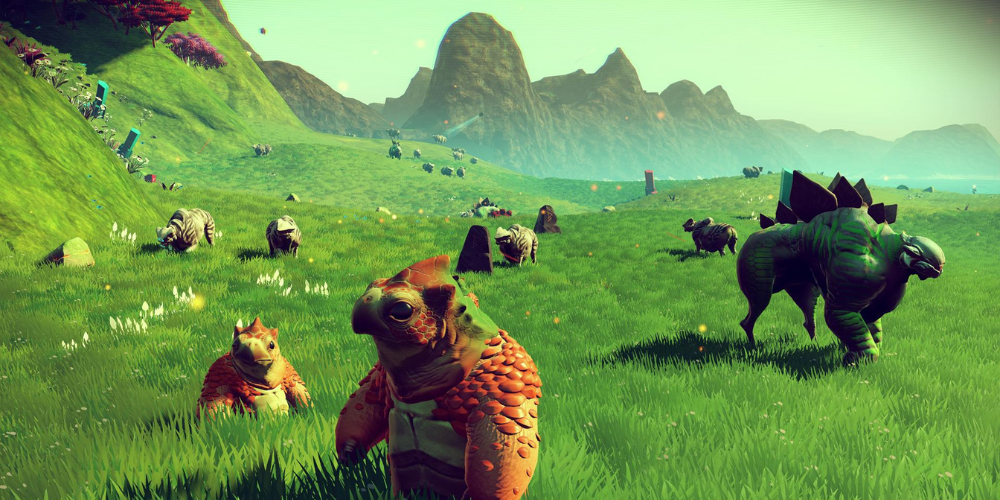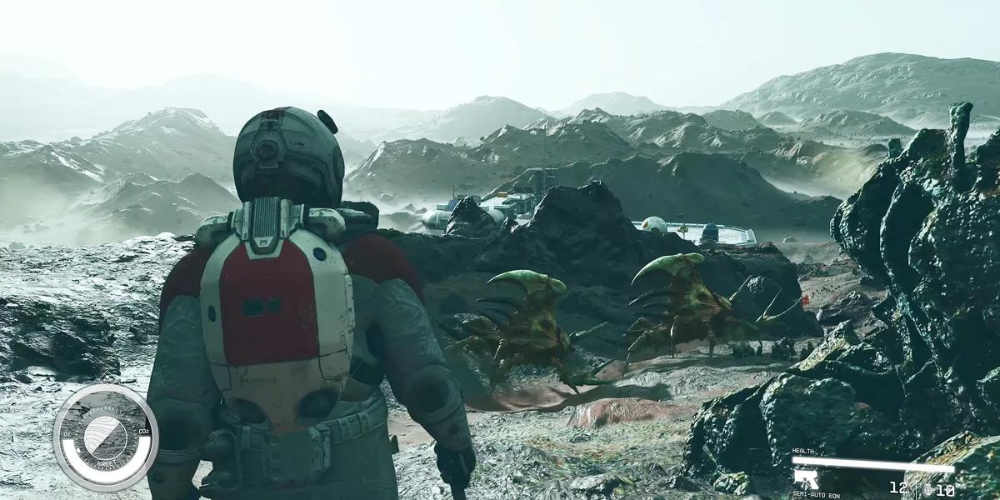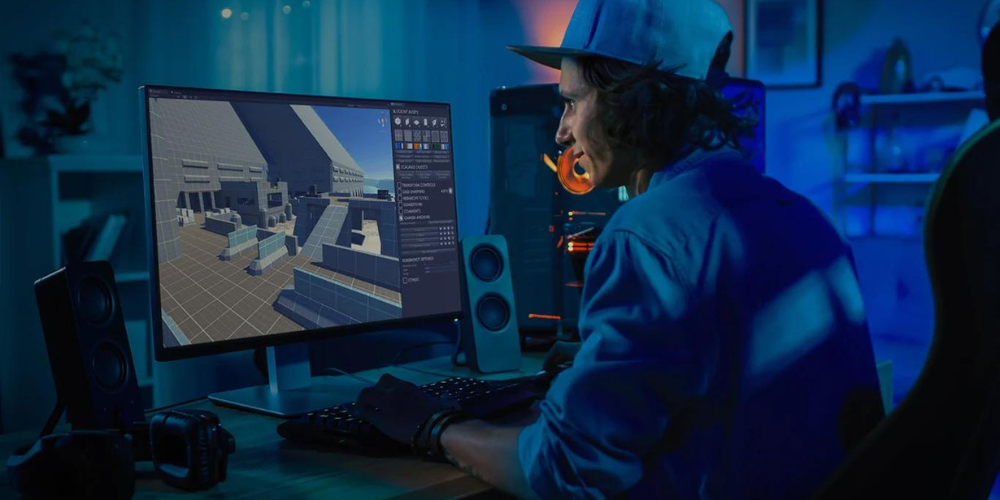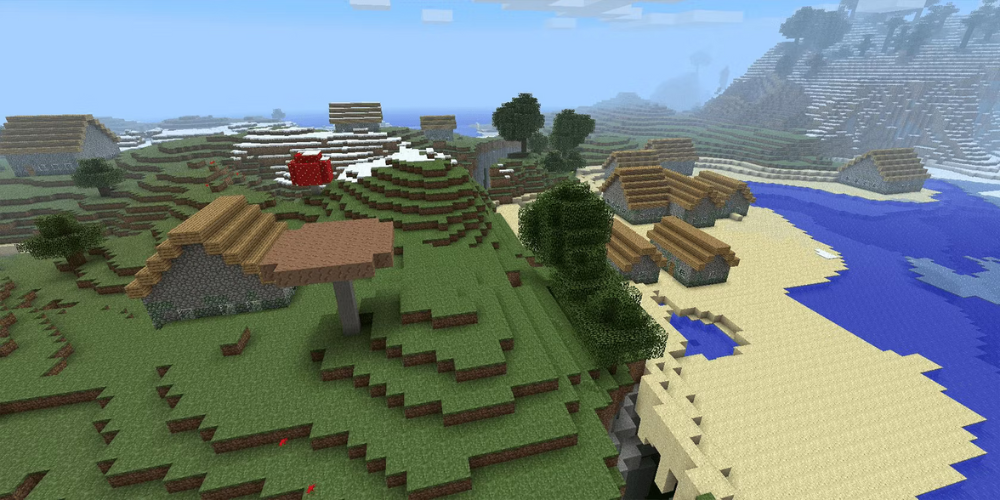Procedural Generation: Crafting Infinite Realities in Gaming
2025-01-13

Unveiling Procedural Generation
The world of gaming is ever-evolving, consistently pushing the boundaries of what is possible, and ensuring that avid gamers are continuously immersed in unpredictability and spontaneity. One method that has contributed significantly to this evolution is Procedural Generation. In procedural generation, game developers use algorithms and mathematical functions to generate game content. This could range from terrain and obstacles to the layout of an entire dungeon.
The Genesis of Procedural Generation
Even though procedural generation plays a pivotal role in today's gaming landscape, it isn't a new phenomenon. The concept dates back to the 1980s with games like "Elite" and "Rogue", which used procedural generation to create different stages every time a new game was initiated. As technology has improved and evolved, so too has the complexity and depth of procedural generation in games.
Procedural Generation: Empowerment to Players
Procedural generation brings a critical element to gaming - endless variation. Because of this, players can enjoy a unique experience every time they play. They are compelled to rely more on their skills and adaptability rather than memory and repetition. This non-linear gameplay can dramatically enhance the replayability of a game and empower players with choices and gameplay variety like never before.

The Surprises of Procedural Generation
One of the most fascinating aspects of procedural generation is its inherent unpredictability. Because the content is randomly generated, it often includes surprises that the game designers themselves do not anticipate. These surprises can be delightful and dramatically escalate the fun factor, or they can be frustrating and punishing. The challenge lies in fine-tuning the procedural generation algorithm to uphold the perfect balance of fun and challenge, thus adding to the quandary for game developers.
The Art and Science Behind Procedural Generation
Creating a procedural generation algorithm is both an art and a science that involves a multifaceted and intricate process. The algorithm must take into consideration a myriad of different factors to generate content that is not only playable but also fun and engaging for players. Unlike manually designed game levels where player ease can be directly considered, procedural generation relies on the engine's ability to predict and adapt to the potential impact of its generated content on the overall player experience.
This necessitates a delicate balance of tuning and rigorous testing to ensure that the algorithm can produce consistently high-quality content. Furthermore, there must be an element of intuition and foresight about what a player might find compelling, enjoyable, or even challenging. This complex interplay between automated generation and player satisfaction highlights the sophisticated nature of developing a procedural generation algorithm, blending technical prowess with a deep understanding of game design principles.

Negative Aspects of Procedural Generation
Procedural generation is often hailed as a groundbreaking technique with the potential to revolutionize game design and development. By leveraging algorithms to create vast, varied, and dynamic game worlds, it offers a level of diversity and replayability that hand-crafted content may struggle to achieve. This innovative approach promises a fresh experience every time a game is played, with unique levels, characters, and storylines unfolding in countless configurations.
However, despite its impressive capabilities, procedural generation comes with its own set of challenges. One of the primary concerns is that the content produced through these methods can occasionally feel impersonal, lacking the nuanced touch and intricacies that only a human designer can provide. This absence of a personal touch can result in environments and scenarios that might seem repetitive or unengaging, failing to resonate with players on a deeper level.
Moreover, procedural generation can inadvertently introduce a high degree of randomness into the game design, which might not always be a welcome feature. Players who seek a certain level of consistency and predictability might find this randomness frustrating, as it can lead to unpredictable difficulty spikes or disparate gameplay experiences. These issues highlight the delicate balance game developers must strike when incorporating procedural generation, ensuring that the benefits of this approach enhance, rather than detract from, the overall gaming experience.
Procedural Generation: The Future is Here
Despite the various challenges and caveats that come with it, the future of procedural generation in games looks exceedingly bright. Advances in technology and the ever-increasing power of computing are enabling the creation of more intricate, detailed, and sophisticated procedural generation algorithms. These advancements allow game developers to craft unique and compelling worlds that are far more expansive and varied than what was previously possible.
Furthermore, the integration of procedural generation with artificial intelligence holds promise for producing even more dynamic, responsive, and nuanced gaming experiences. This combination can lead to the development of game worlds that are not only vast but also deeply interactive and immersive, adapting to players' actions in real time. As a result, with procedural generation at the helm, the creative possibilities for game designers are quite genuinely infinite, pushing the boundaries of what is conceivable in the realm of interactive entertainment.

Bottom Line
Procedural Generation creates a new dimension in the gaming world, painting an endless universe of possibilities for players. This innovative approach allows developers to craft vast, intricate landscapes and experiences that are continuously fresh and engaging, offering an ever-evolving playground for gamers. The roots of procedural generation run deep, tracing back to the 1980s, and since then, it has revolutionized the way games are designed and played.
Unlike pre-designed levels and scenarios, this technique generates content algorithmically, meaning that no two experiences are exactly alike. This unique feature ensures that every player's journey is distinct, filled with surprises and new challenges around every corner. However, the unpredictability inherent in procedural generation is a double-edged sword.
While it can greatly enhance the excitement and replayability of a game, it can also introduce elements that may disrupt the intended flow or pacing, sometimes leading to frustration. Striking the perfect balance between spontaneity and structured fun is an art that developers continually strive to master.
The science behind procedural generation combines complex algorithms, creative design, and now, increasingly, artificial intelligence to create sophisticated and engaging worlds. Despite these challenges, the future of procedural generation is brimming with potential. Advances in technology are steadily pushing the boundaries of what can be achieved, promising even more immersive and dynamic game worlds.
The incorporation of AI stands out as a particularly promising development, as it can refine the generation process, making it more intelligent and responsive to player behaviors and preferences. As the gaming industry continues to evolve, procedural generation is at the forefront, rewriting the gaming vista with unending possibilities, continually offering players new realms to explore and adventures to embark upon.









